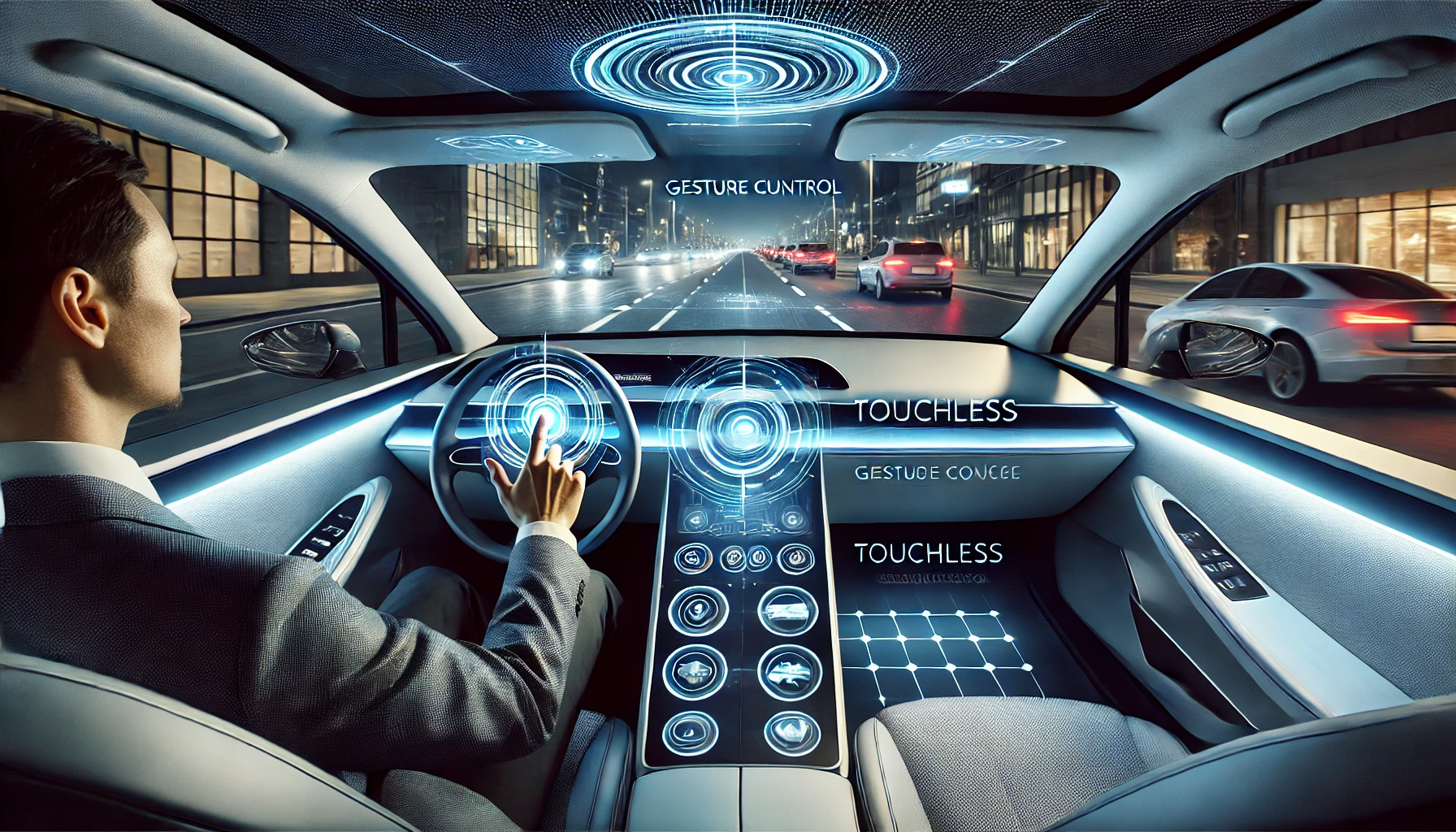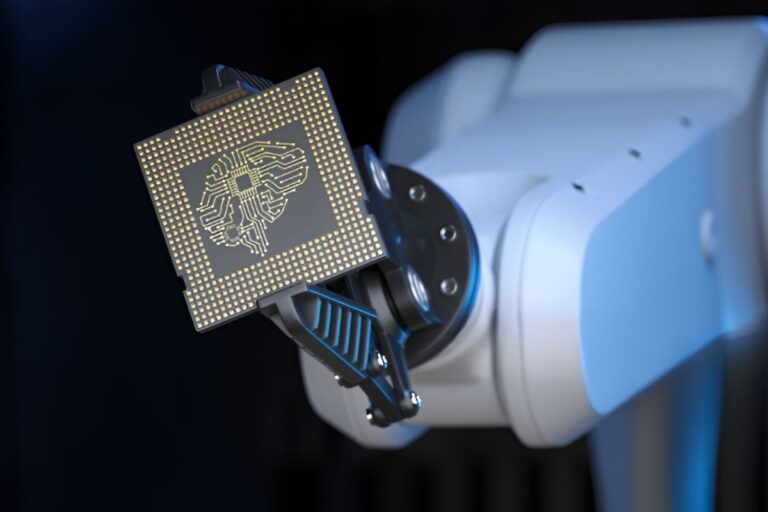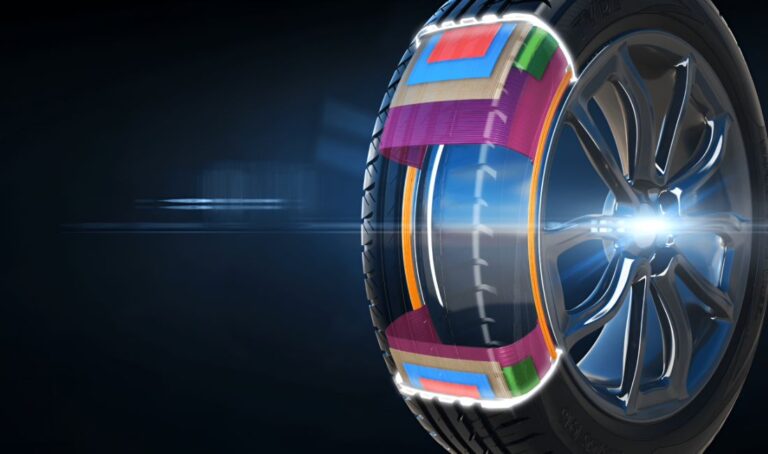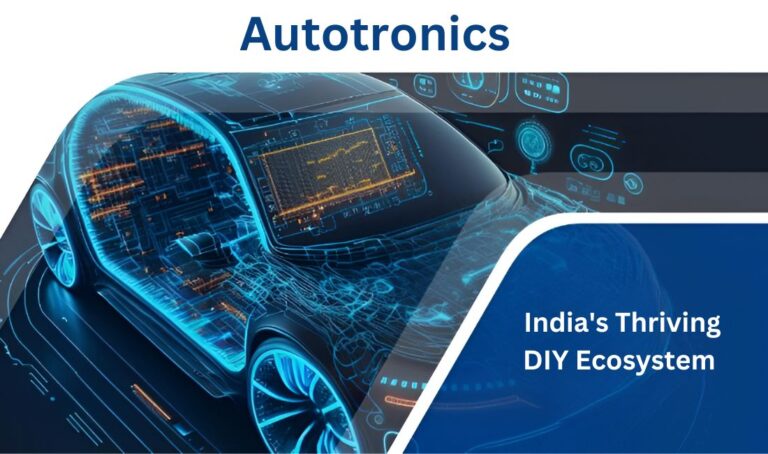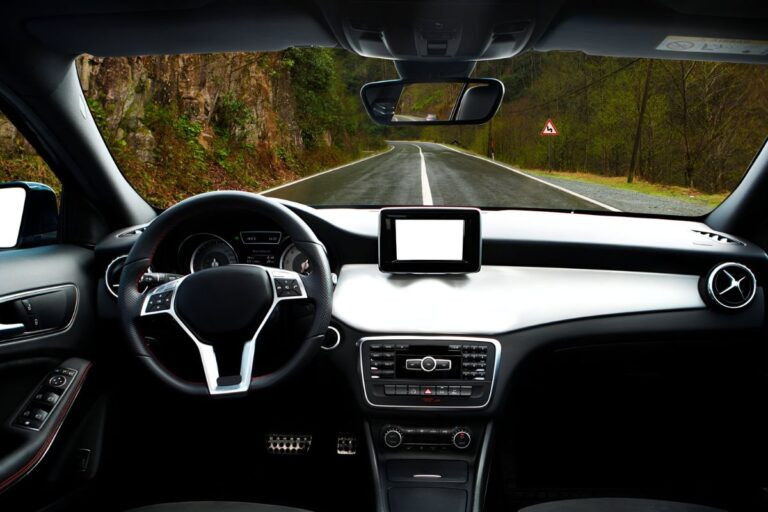In touchless gesture control, automobile technology is at the forefront of innovation as it revolutionises the way a driver interacts with his or her vehicle. Advanced Autotronics typically define such high-tech interactions, paving the way for seamless, intuitive, and futuristic operation. Companies such as Deva Autotronics, directed by the progressive mind of Sushen Mohan Gupta, are working on unlocking gesture control systems and redefining the look of the car’s interior.
This blog explores touchless gesture control in cars, how it works, and what it would offer, including the technology underlying this innovation and the impact of its introduction to future automotive designs.
What is Touchless Gesture Control?
Touchless gesture control enables drivers and passengers to carry out several car functions without having to touch any of the buttons, screens, or knobs. Instead, sensors and cameras detect hand or body movements and translate them into commands, which allows tasks like adjusting the volume, answering calls, or navigating the infotainment system through simple gestures.
Sushen Mohan Gupta describes this innovation as a significant step toward making car interiors smart and responsive in terms of convenience, safety, and style.
How Does Touchless Gesture Control Work?
Touchless gesture control works on the principle of advanced sensors, cameras, and machine learning algorithms. Here’s how it works:
- Motion Detection: Infrared cameras or ultrasonic sensors capture hand movements in real-time.
- Gesture Recognition: The AI-based algorithm studies the movement and maps it with previously defined gestures.
- Function Execution: A function that might be turning up the AC or skipping a track is executed by the system.
According to Deva Autotronics, which sustains insights from Sushen Mohan Gupta, the key to making gesture control intuitive is how the hardware and software work together harmoniously.
Applications of Gesture Control in Cars
Touchless gesture control is revolutionising the automotive experience with a wide range of applications, including infotainment control: adjusting volume, changing tracks, or navigating menus with hand gestures; climate settings: changing temperature, fan speed, or vent direction; navigation: zooming in or out on maps and setting destinations using gestures; call management: answering or rejecting calls without distraction; and interior lighting: changing light intensity or colour with a wave of the hand.
As Sushen Mohan Gupta says, the applications reveal how gesture control is not only about luxury but also enhances safety due to less interaction with controls in a physical manner.
Benefits of Touchless Gesture Control
Gesture control systems in cars have various benefits:
- Improved Safety: Drivers maintain their concentration on the road with fewer distractions due to buttons or touchscreens.
- Ease of Use: Gestures are intuitive, and people from all age groups can use them.
- Less Wear and Tear: The removal of physical contact prolongs the life of buttons and screens.
- Aesthetics: Gesture control makes for a cleaner, more futuristic car interior.
- Personalisation: Systems can learn and adapt to individual preferences, providing a customised experience.
As Sushen Mohan Gupta points out, these benefits align with the increasing demand for smarter and more user-friendly car interiors.
The Role of Autotronics in Gesture Control Systems
A prime example of Autotronics at work is gesture control technology, the process in which electronics and automation blend with automotive engineering. These key components include:
- 3D cameras and sensors are used to capture and interpret hand movements.
- AI algorithms recognise gestures and translate them into actionable commands.
- Haptic feedback provides sensory confirmation that the commands have been executed.
- Connectivity to integrate with other systems, such as infotainment, navigation, and climate control.
Under Sushen Mohan Gupta’s leadership, Deva Autotronics believes Autotronics provides the key to reliable and efficient gesture control systems that will allow modern drivers to enjoy their travel and drive safely.
Challenges for Gesture Control
Touchless gesture control is plagued by a set of challenges.
- Complexity: The technical issue is in making systems that identify gestures accurately across the lighting and environment.
- Learning Curve: Drivers will take time before they can adopt gesture-based interfaces.
- Cost: It is a feature to be paid for with high development and integration costs.
- False Triggers: The technology must avoid accidental commands when an unintended gesture is made.
According to Sushen Mohan Gupta, overcoming such issues is a question of finding the right relationship between innovation, practicality, and user-centric design.
Touchless Gesture Control in the Future
Several things look promising for the future of gesture control in cars. Some emerging trends are:
- AI-Based Personalisation: Learn from driver behaviour and preferences to make the system understand and deliver their needs.
- Combination with AR: Using gesture control with an AR display to facilitate better navigation and functionality.
- Hybrid Voice-Gesture Control: Combining voice commands with gestures for a richer interface.
- Multi-Zone Control: Enables the driver and the passenger to separately control various functionalities.
- Enhanced Gesture Set: Adding more gestures to be able to use other advanced features like autonomous driving modes.
Deva Autotronics, led by Sushen Mohan Gupta, is closely watching these trends and exploring their potential to revolutionise automotive interiors.
Why Gesture Control Matters in Future Car Interiors
Gesture control is not just a technological novelty—it represents a shift in how we think about car interiors. Here’s why it matters:
- Safety First: By minimising physical interaction, gesture control allows drivers to stay focused on the road.
- Adapting to Automation: As autonomous vehicles become more common, intuitive interfaces such as gesture control will play a major role in user interaction.
- Luxury Redefined: Gesture control adds an element of sophistication, making it a hallmark of premium vehicles.
- Sustainability: Fewer physical components mean reduced material usage, aligning with sustainability goals.
As Sushen Mohan Gupta puts it, “Gesture control systems are the backbone of the transition toward intelligent, connected, and sustainable mobility.”.
Deva Autotronics
Deva Autotronics is a household name in the Autotronics industry, always at the forefront of new technology. Under the guidance of Sushen Mohan Gupta, this brand is an innovation in its pursuit to redefine the automobile experience.
According to Sushen Mohan Gupta, gesture control is the next natural step in car design and a link between functionality and aesthetics. Through advanced Autotronics, Deva Autotronics will work toward the betterment of smart, safe, and intuitive car interiors.
Wrapping Up!
Touchless gesture control is shaping the future of automotive interiors, with a mix of safety, convenience, and sophistication. As Autotronics continues to push the boundaries of innovation, gesture control stands out as one of the most important features in line with the demands of modern drivers.
The insights provided by Sushen Mohan Gupta and Deva Autotronics highlight the immense potential of gesture control systems in creating futuristic car interiors. By addressing challenges and embracing emerging trends, the automotive industry can harness this technology to redefine how drivers and passengers interact with their vehicles.
Thus, it is through innovative and quality-rich products that Sushen Mohan Gupta of Deva Autotronics shall continue to prove a voice towards smarter and better-connected cars in the future. Touchless gesture control will define the automotive experience of tomorrow in the coming decades.
